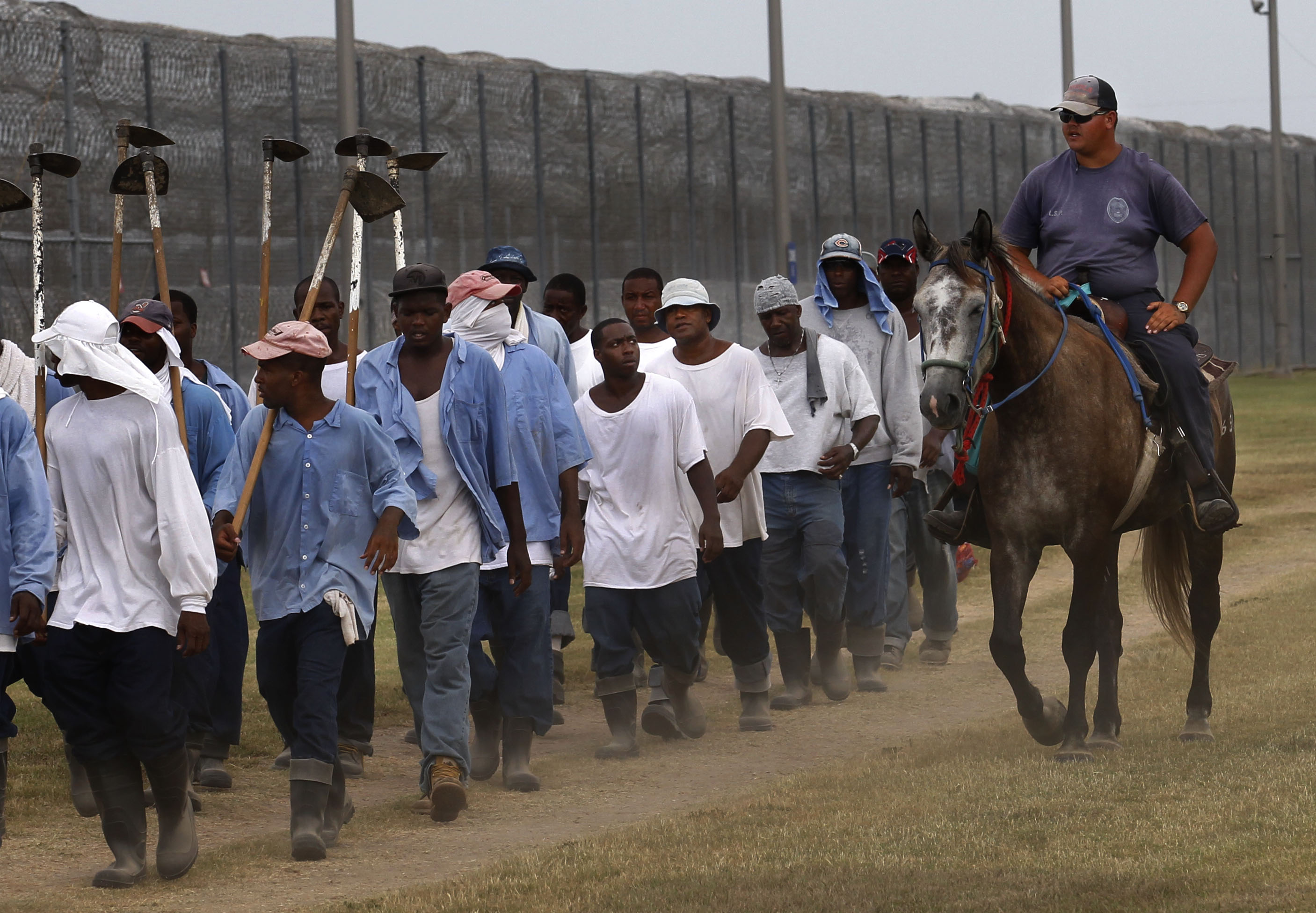A plane full of labourers travelling home from the oil rigs crash-lands in the middle of the Alaskan wilderness. Ottway (Liam Neeson) and six of his co-workers survive. They scramble out of the plane’s carcass and soon realize they are far away from society. Temperatures drop and wolves descend on their camp, forcing the survivors to trek into the forest in search of sanctuary.
Primarily, The Grey examines man’s place in nature and his ability to survive in an uncivilized and wild terrain. Yet on a deeper level, the film utilizes the elemental to examine the nature of man and constructs of masculinity in American society.
Before the plane crash we are introduced to these men in their natural habitat, labouring and blowing off steam on the northern Alaskan oil rigs. In the first scene we follow Ottway as he navigates through the camp and into a bar, witnessing “average Joes” and “men’s men” in every corner. We see men in their element: working, laughing, drinking, and fighting. After the plane crash our perception of these men barely falters. Although displaced, we assume they are well equipped to endure. They grunt, grimace, and act instinctively. They gather their things and set foot into the wilderness. This is a narrative we have seen before.
But the elements match and exceed their best efforts. Soon each man begins to crumble, self-doubt creeps in, and the bravado fades. In the face of death their ability to thrive and function dissolves and they are left contemplating their ability to survive.
Ottway helps each man navigate his journey, both physically and psychologically. Being a trained rifleman, and tasked at keeping wolves from penetrating their camp, Ottway is able to provide vital wilderness skills. Ottway also helps these dispirited men cope with their perilous situation. This isn’t because he is wiser, or more able, or has lived a life full of campfire stories. Ottway is instantly established as a subversive and more unexpected character. In the first ten minutes of the film he places a rifle barrel against the roof of his mouth and readies his finger on the trigger. But it is precisely because Ottway is a broken man that he is able to help his companions gain clarity in the face of hardship.
Director Joe Carnahan frequently uses images of Ottway’s wife and childhood to help contextualize the grief that Ottway is experiencing and explain his current mindset. But soon these memories begin juxtaposing with scenes of Ottway consoling the surviving men. The manner in which he comforts these men is significant; instead of smart quips or rousing speeches, Ottway shows vulnerability and sensitivity. Through these moments it becomes clear that he has embraced his fears and confronts his insecurities every day. He has allowed both to mould him, making him more active and self-aware. This consciousness is lacking in his colleagues, and nature forces them to confront their inadequacies.
In this struggle some of the men deny their situation through arrogance, while the others focus solely on the hostile terrain around them. But the conditions intensify and slowly wear down each man until they are left with nowhere to look but inward. As his mortality thins each man begins to introspect, maybe for the first time in years. Priorities such as family and loved ones predictably come to the forefront, but something more significant happens. Facing death and contemplating life fractures each man, dismantling any façade they might possess. They are compelled to see their reflection and come to terms with its likeness.
This is why Ottway is such a vital figure. He represents a man who has gone through this process and survived. This survival experience proves vital for each man as they clamour to gain meaning in their own lives. Though they each engage in an individual quest, they are guided and encouraged by Ottway’s example and find a destination through readjusting and refining their perspective.
In this survival narrative, Ottway acts as our guide in a differing approach towards American masculinity. He frees himself of stereotypes surrounding the type of man he appears to be. Tragedies, both past and present, have made him sensitive and empathetic—attributes that he embraces and upholds. Ottway offers a more contemporary and sentient example of masculinity. Furthermore, each of the survivors’ individual journeys towards a redefinition of self contradicts the idea that men strive for a prototypical form of masculinity. In actuality, each man becomes more sensitive and submissive, distancing themselves from societal gender norms. In these journeys The Grey suggests that masculinity is a personal quest, one that often subverts and fights against societal gender norms.
by Samuel Reimer



